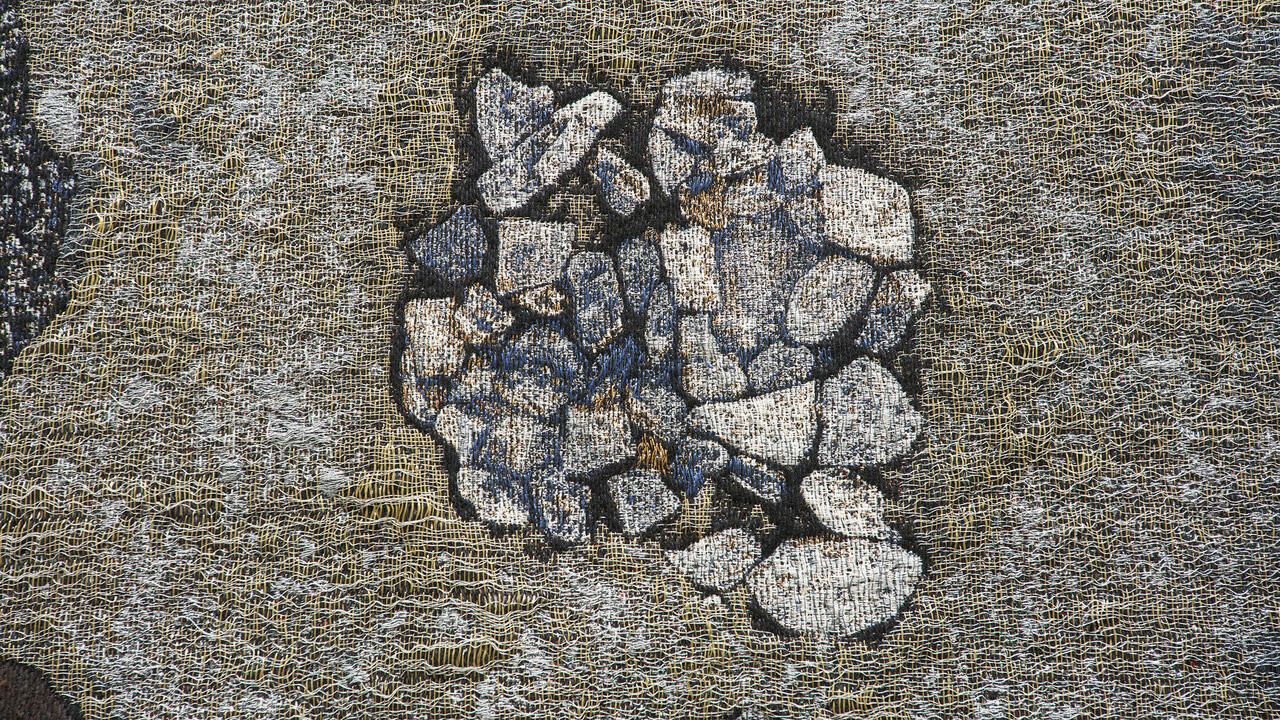Small Medium Large:Lifesize
It was the late Jacques Guillot's idea to base the first European school for curators at the Magasin in Grenoble. ln 1988, another plan was mooted, for a course in Prato. 0nly now, with another course about to begin at the Royal College of Art in London, the first year of Prato students are completing their training with an exhibition and a catalogue with an essay by each of them.
Rags, decomposing rice, brand-new Chanel products, old toys, a locked door... Following in the footsteps of Marcia Tucker's Choices: Making an Art of Everyday Life at New York's New Museum (1986), Small Medium Large: Lifesrze examines society's approach to objects and interiors at a time when ideologies have imploded, economic reces-sion has sapped confidence, materialism has disintegrated and widespread disenchantment prevails. As a result, a problematic relationship exists between the individual and his or her surround-ings. Either a psychological or a political approach should result. Instead, both prevail, and objects are deployed as elements in an intentional mythologis-ing process.
At other times, this premise would signal the breakdown of barriers between 'art' and 'life', encourage viewer participation or Situationist out-break. In room after equal-sized room of Prato's new museum, no such ideas are entertained. (Was one of the curators correct in suggesting that nowadays the young are reluctant to ask ques-tions?) Perhaps widespread disenchantment makes generalisations impossible. Here art remains art and the curators in question - Assumpta Bassas Vila, Stefano Bongini, Luisa Borio, Rebecca Camhi, Marcella Cangioni, Bettina della Casa, Hou Hanrou, Alison Sarah Jacques, Cristiana Perrella, Emilia Terragni and Jari-Pekka Vanhala - mean to graduate.
Pep Agut's house, built of stretched, unpainted canvases, is silent except for the hum of a projec-tor. Inside on the lower left of the door, a small rectangle of colour appears: part of a stained glass window. As the image is interrupted by one's body, endgame and inspiration, imprisonment and liber-ation collide. Huang Jong Pings lndigestable Object, a huge tunnel containing piles of rice - just cooked, rotting and rotten - draws attention to the museum and the gallery system, regarded as modes of digestion. Edwin Janssen shows giant photographs of chimpanzees dressed as people, performing everyday activities, and quotes a Middle English poem about covering private parts and not being able to break wind in company. Karen Kilimnik's rolled umbrellas and other rainy props struggle to evoke The Umbrella Shop from the Episode `The Correct Way to Kill' (The Avengers). Sylvie Fleury's po-faced presentations of fashion as art become interesting only when the question of self-parody is broached. And almost reproachfully, Anya Gallaccio's rag-covered room engages with place and circumstances. Luigi Pecci's (indeed, Prato's) wealth derived from loom--ends, lengths of fabric waiting to be recycled. Until recently, Gallaccio's return to 70s postminimalist tactics has seemed all too comprehensible in one way, for it is easily liked and absorbed, yet insufficiently coherent in another, with detachable sentiments like a Victorian souvenir. Maybe I was wrong. Perhaps the Prato piece is an exception. But the Lifesize room successfully irritates instead of soothing, and has a hard, not a soft centre. In a room with the ceiling height lowered, Ivonne Jokl shows an oversized chair next to a locked door. You Are Leaving for Foreign Parts, the title pro-claims. Obviously not Prophesy, threat, perhaps the hint of other realities, inform her work.
Around the walls of Paolo Canevari's packed space hang black stockings stretched by their con-tents - a dumbbell, a china teapot, a sex magazine, a toy horse, a vibrator... Ballpoint pen drawings, in an obsessive, churning manner, return compulsive-ly to one motif: a pointy-eared, long-nosed animal, a single, dark, giant cut-out of which appears on the ceiling above a three-dimensional, shredded paper counterpart. By simultaneously muffling and evoking forms, Canevari conjures a beast which hovers between idea and act, like his own work. Vik Muniz's darkened space contains three pieces. Hung high, Shirt extends down the wall and across the floor. Trauma Cube, a bulky, damaged steel form, is accompanied by sounds of its being struck, while Avant-garde, the ending of some Italian 50s masterpiece, consists of a film loop with the word 'FINE' appearing again and again. A Kafka quota-tion completes an ensemble which espouses Existentialist extremes even as it verges on self--parody. This oddly mingled tone characterises an exhibition in which uncertain distances between artist and artefact, artist and viewer may indicate deep-seated disparities between self and society, even between parts of the self.
















